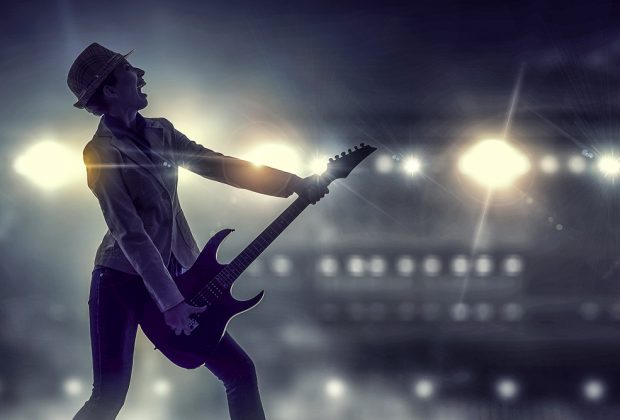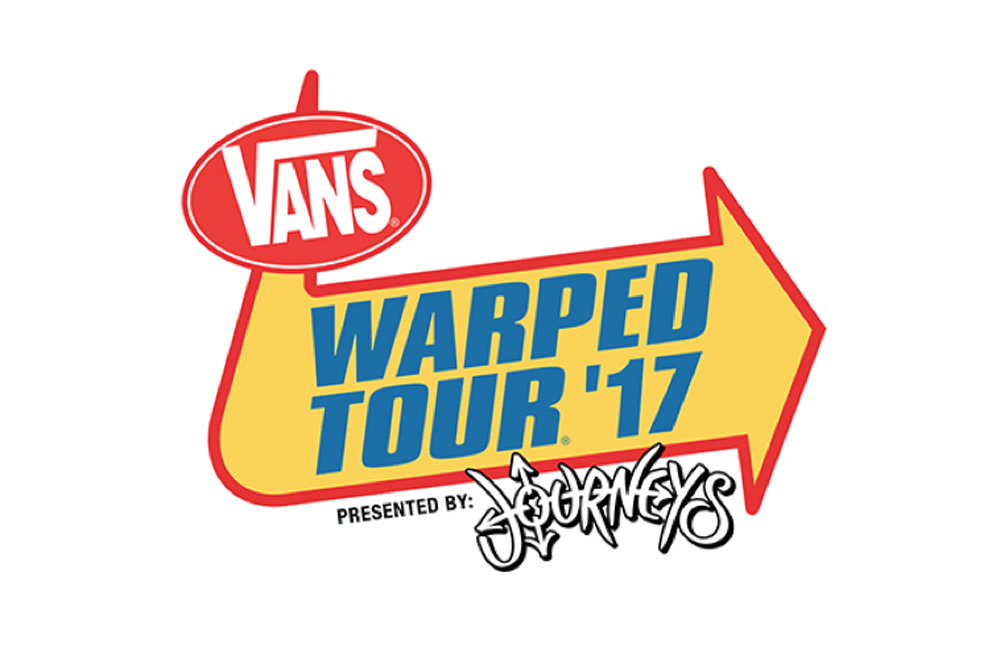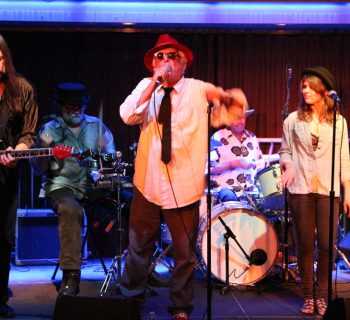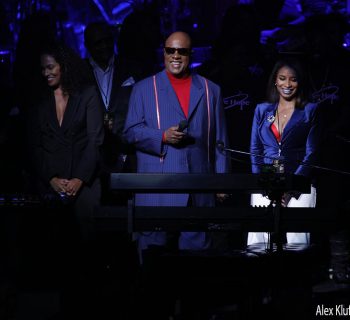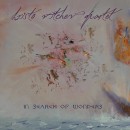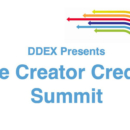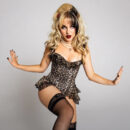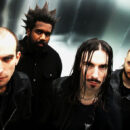Playing in a hometown music scene, it can be easy for your band to get lost in the mix with other local artists. This especially applies when your scene is inundated with bands playing very similar styles of music. As a local artist, this affects you, because your local community is important and often gathers around art. And for how much shows help with local communities, these connections will be built elsewhere if your band doesn’t give someone a good reason to keep coming. Shows can (and will) get boring if nothing new or different happens. Apart from writing the best songs you can and killing it each time you take the stage, maybe you can make your live performances particularly memorable in other ways.
1. Uniforms
I hate dressing up for shows, period. I wouldn’t even go for an “everyone wear dark colors” kind of scenario. But lately, I’ve been digging through historical ska discographies. While I know “ska” is a dirty word in a lot people’s books, the uniform mentality that a lot of early ‘80s ska bands had was important to their message and how they were perceived. While many of those bands had a very political message, uniforms can obviously be used for a variety of circumstances and genres. I highly recommend, if you choose to use uniforms, to buy rather than rent or borrow. Of course, make sure that your uniform is appropriate for your message or purpose.
2. Stage Props
The way the stage looks could all be yours. Often I’ll see glorified Christmas lights wrapped around amps, but those things have become cliches and have grown tired. However, I’m happy to say that I’ve seen some bands changing it up. Recently some friends of mine got colored orb lights to not only put on their amps, but to set up inside of the drum pieces as well. I personally want to get cardboard standups and put them in front of my amps from now on as well. Fog machines, videos and other things are used by artists sometimes, but they have to be very purposeful, as to not become distracting from the music.
3. Covers
Again, tread carefully with this one. But occasional covers are great to get people to remember you. Step one, of course, should be to impress them with the rest of your set, but step two should be to top it off with a song they’ll remember you playing, and hopefully know the words to. I personally recommend choosing something similar to your sound, but not identical. And definitely not something super predictable—somewhat of a deep cut for dedicated music fans like you, not just here-and-there show-goers.
4. Crowd Interaction
When I talk about crowd interaction, I’m not talking about asking people to clap their hands or sing your lyrics back to you. I am talking about bringing people on stage, dancing with them and getting in the crowd yourself. I am talking about actually getting the crowd to contribute to the set you’re playing. The absolute best example of this I’ve ever seen, and going above and beyond the call of duty, was a band from Washington called Sea Cats. They played an outdoor DIY festival and made their set into a game show, band vs. the audience. They had headset mics, a wheel for members of the crowd to spin, an interview on a couch with the owner of the festival and ended the set by bringing the crowd to a river and singing “Good Riddance (Time of Your Life)” by Green Day, and jumping off into a raft and floating away. That’s crowd participation in the best way I’ve ever seen it. You obviously don’t have to go that far, but the point is I remember that show because I was involved in it, not because I was watching it from afar.
5. Gimmicks
Gimmicks can be terribly cheesy or they can be totally awesome. I see this the most in the world of pop punk: the Aquabats fighting crime in wetsuits, or Masked Intruder parading as criminals themselves in colored ski masks. There’s even a local Boise band that dresses up as baseball players that plays a brand of Ramones-like pop punk. Gimmicks aren’t bad in themselves, but it has to be a good idea. If your gimmick is mediocre, it won’t work. Of course, it doesn’t have to be silly for it to be effective. For years, people like Alice Cooper used horror as their gimmick, and it served them well. The point is: making the live performances of your art theatric is actually pretty helpful in diversifying yourself from contemporaries.
6. After It’s Said and Done
After the show is said and done, how you act and carry yourself is very important. Rule number one, obviously, is be kind and nice. There’s no such thing as rockstars. Talk to people, ask how they’re doing, thank them for coming out. Treat them as your equal, not your customer. If they choose to buy something from you, be ready and professional while handling the transaction. Have your card reader and cash, with change, ready. And primarily, treat them how you would want to be treated.
How do you diversify your live performances? Let me know over Twitter @Robolitious.
Rob Lanterman is a writer and musician from Boise, ID. He also runs Hidden Home Records out of his bedroom, a punk rock label specializing in all things rad. He loves CS Lewis, pizza, and 30 Rock.

